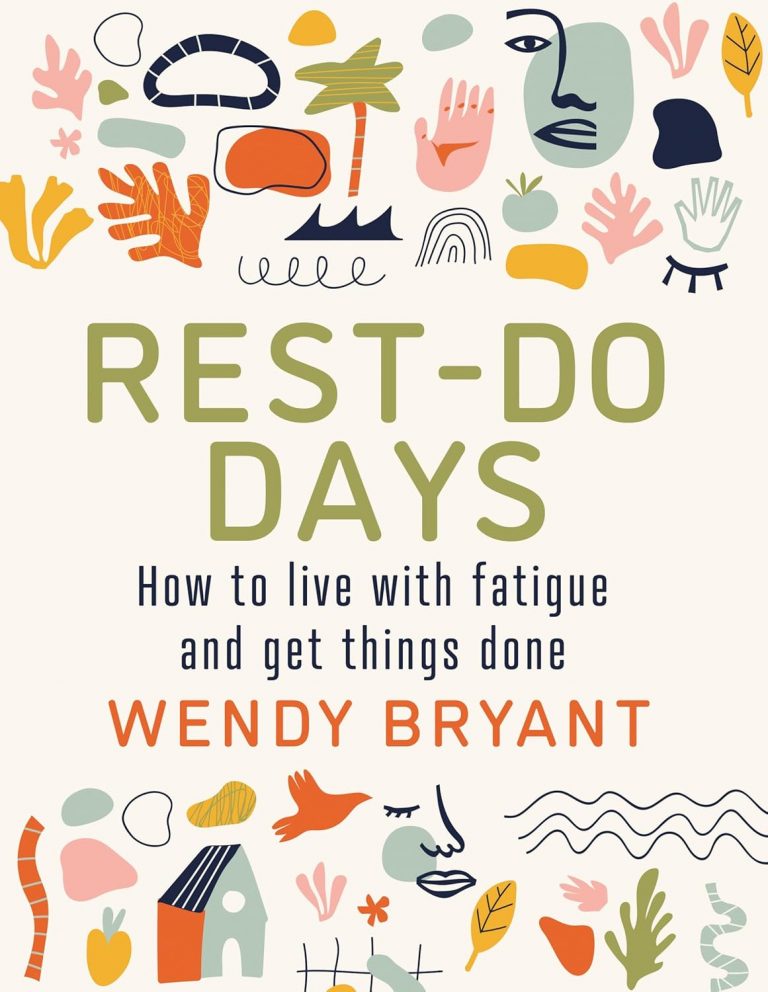
Homeopathy is often touted as ‘nonsense’ by conventional medicine. But it was ‘created’ by a medical doctor and many people have healed, when nothing else worked.
Most homeopathy remedies are plant-based but a few use bees stings or ‘spit from rabid dogs’ so be careful where you buy. Don’t be frightened to ask questions.
Homeopathy UK has a website to find a qualified homeopath and you can also find information on how to treat various conditions. The Society of Homeopaths lets you search by location for a registered professional homeopath who is well-trained, registered and insured.
Claire Gardener Homeopathy is proof that homeopaths can offer plant-based remedies in sustainable packaging. If she can do it, so can the others.
Dr Jonathan Hardy is a medical homeopath who proves that proper homeopaths are not ‘quacks’. He has lots of information on his site on how homeopathy works, who switched from studying medicine after he (and his supervisor – a known professor or respiratory medicine) were amazed by their experimental results).
Homeopathy & Natural Remedies for Children is a ‘runaway bestseller’ book by a homeopath who has treated many common childhood ailments over the years.
Her site also offers plenty of information and courses, distilled from 17 years experience. Read one patient’s story of how she recovered from a near-fatal brain injury, healed with homeopathic medicine.
How Homeopathy Really Works
Homeopathy is a system of natural medicine based on two key ideas. First, like cures like. A substance that can cause certain symptoms in a healthy person is used in small doses to help those same symptoms in someone unwell. Second, remedies are prepared through serial dilution with shaking, a process called potentisation within the homeopathic model.
This approach began with the German physician Samuel Hahnemann in the late 1700s. He noticed that quinine used for malaria produced malaria-like symptoms in healthy people. From this he shaped the principle that a substance may prompt the body to restore balance when used in very small amounts.
Remedies are made from (usually) plants or minerals. They are diluted and shaken in a standard way, then formed into pills or drops. An example helps. Chopped onions can make your eyes stream and nose run. In homeopathy, Allium cepa, made from onion, is used for hay fever with watery eyes and sneezing.
A common concern is safety. Homeopathic remedies are highly diluted and are considered low risk when used as directed. They do not interact with medicines in the usual way because of the high dilutions used. This makes them a gentle option for many people who want a natural approach, especially for self-limiting conditions like mild hay fever or simple coughs.
The Core Principles Explained
The idea of like cures like is simple. Coffee can make some people wired and restless. In homeopathy, a preparation of Coffea may be used for a pattern of sleeplessness marked by a racing mind. It is about matching the symptom picture, not the label of the disease.
Dilution and shaking, known as succussion, are done step by step. Each step is small, with firm shaking between stages. Within homeopathy, higher dilutions are considered more potent, since they are thought to act at a subtle level, similar to how a small trigger can set a larger system in motion.
An easy analogy is a vaccine, which uses a small amount to provoke a response. The mechanisms are not the same, but the idea of a gentle prompt stands.
A Brief History of Homeopathy
Hahnemann’s observations spread quickly across Europe, then to the United States and India. In the 19th century, homeopathic hospitals reported good outcomes during cholera outbreaks, which raised interest in the method. Records from that era vary, yet they show why public trust began to grow.
By the early 20th century, homeopathy had a strong presence in many countries. It later waned in some regions, then saw a modern revival as people looked for kinder treatments with fewer side effects. Today it is used in private practice and, in some places, within health systems. Its persistence reflects patient demand and perceived benefit.
Evidence That Homeopathy Delivers Results
Evidence for homeopathy is mixed, yet not empty. Several clinical trials and reviews report benefits beyond placebo for certain conditions, especially allergies, pain, and flu-like illness. Others show little difference. The picture points to promise in defined areas, with a need for better designed studies.
Meta-analyses have assessed large bodies of trials. Some early reviews, such as those based on pooled randomised controlled trials, suggested positive effects in conditions like hay fever, vertigo, and post-operative pain. Later reviews tightened quality criteria and found smaller effects, yet did not erase all signals of benefit.
Laboratory work adds another angle. Research groups have reported changes in biological systems exposed to ultra-diluted substances, including effects on enzymes, cells, and plant models. Studies on water structure and nanoparticle residues in high dilutions suggest plausible pathways for activity.
Real-world use also matters. Homeopathy is widely used in India, where it is part of the national health framework, and in countries like France, where many pharmacies stock remedies. Doctors in some clinics use homeopathy alongside standard care to help with symptom control and tolerability. Patients report better sleep, fewer side effects, and improved quality of life in routine practice.
Homeopathy works best as a complement to medical care, not a substitute for it. For serious or persistent symptoms, medical diagnosis is essential. For everyday complaints, a matched remedy may help reduce symptom burden with minimal risk.
Overcoming Myths In Homeopathy
Three critiques come up again and again. It is only placebo. There is no evidence. Dilution makes it absurd. Each claim has a clear response.
Placebo plays a part in all care. Yet blinded trials, where patients and clinicians do not know who gets what, reduce placebo effects. In several of these, homeopathy performs better than placebo for specific outcomes. This suggests more than suggestion is at work.
There is evidence, both positive and negative. The fairest reading is that homeopathy shows promise for defined conditions, with variability tied to trial design, remedy matching, and outcome measures. Calls for larger, pre-registered trials are valid, and many researchers agree.
On dilution, homeopathy proposes a different mode of action, not a standard dose-response curve. Current science on water structure, nanoparticles, and systems biology offers possible bridges. While not the last word, these lines of study show that the question is open, not closed.
In the UK, the MHRA regulates homeopathic products for quality and safety. Labels must be clear, and claims are controlled. This framework adds reassurance for buyers. Responsible practitioners also refer patients to GPs when red flags appear, keeping safety first.
Curious readers can start with minor, self-limiting issues, or work with a qualified homeopath for tailored advice. Small steps, clear goals, and good record-keeping help you judge benefit over time.
Debunking the Placebo Claim
In human trials, symptom scores, use of rescue medication, and recovery times have improved in some groups receiving homeopathy compared with placebo. When neither the patient nor the clinician knew the allocation, the difference still appeared. That pattern argues for a genuine signal, even if mechanisms remain under study.
Safety and Regulation in Practice
Homeopathic remedies are generally well tolerated because of their high dilutions and natural sources. Adverse effects are uncommon and tend to be mild, such as brief symptom flare-ups when a remedy is first taken.
If you choose to try homeopathy:
- Start with simple, self-limiting conditions.
- Keep notes on symptoms, timing, and any changes.
- Seek qualified advice for complex cases.
- Maintain regular medical check-ups.
How Homeopathy Helps Animals

Find info on preventive/treating common conditions at Homeopathy at Wellie Level offers help and advice on homeopathy for barnyard friends, and runs courses that are endorsed by vets.
One Irish vet had cattle suffering from mastitis. He used homeopathy and they got better. He then decided it was a coincidence so took them off homeopathy. The disease came back, so he put them back on homeopathy medicine, and is now a convert.
How Homeopathy Helps Fox Mange

One area where homeopathy is used widely is for foxes with mange. When Manchester’s Fox Rescuers (Manchester) have a fox with mange, they send out a homeopathic remedy if needed (though for serious cases, you’ll need a wildlife rescue to humanely trap the fox for conventional vet medicine).






